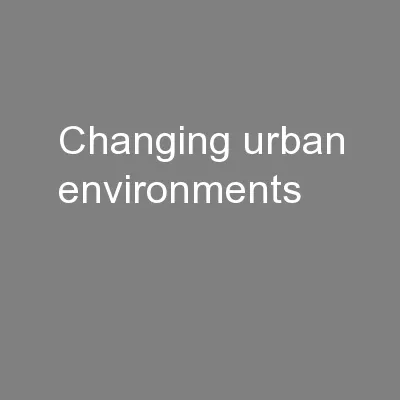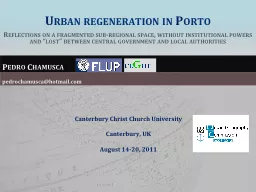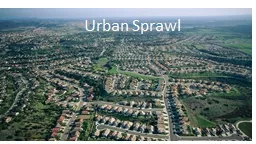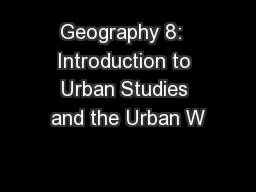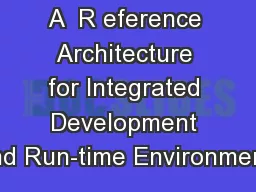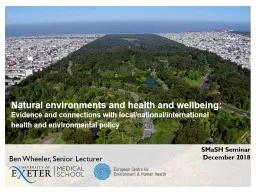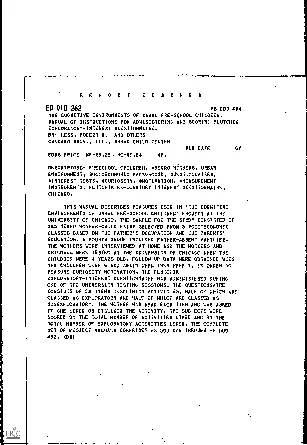PPT-Urban Environments
Author : phoebe-click | Published Date : 2016-07-15
IB Grade 12 optional theme Main casestudies Shanghai London Dhaka Define Urbanisation Urbanisation or urbanization is the growth of urban areas population as a
Presentation Embed Code
Download Presentation
Download Presentation The PPT/PDF document "Urban Environments" is the property of its rightful owner. Permission is granted to download and print the materials on this website for personal, non-commercial use only, and to display it on your personal computer provided you do not modify the materials and that you retain all copyright notices contained in the materials. By downloading content from our website, you accept the terms of this agreement.
Urban Environments: Transcript
Download Rules Of Document
"Urban Environments"The content belongs to its owner. You may download and print it for personal use, without modification, and keep all copyright notices. By downloading, you agree to these terms.
Related Documents



